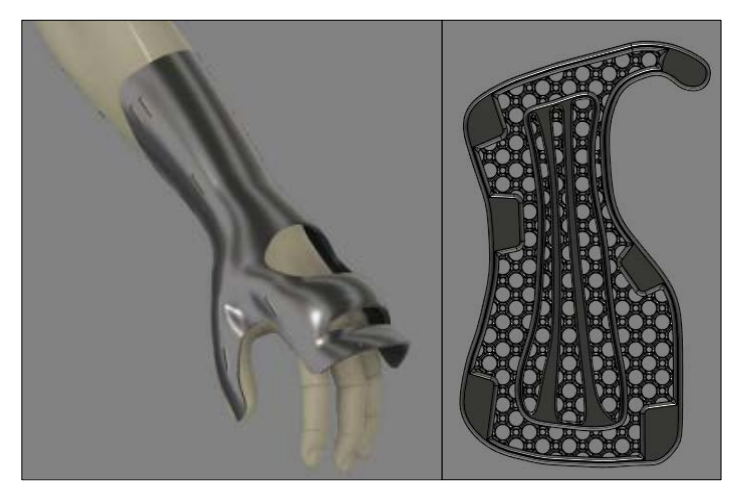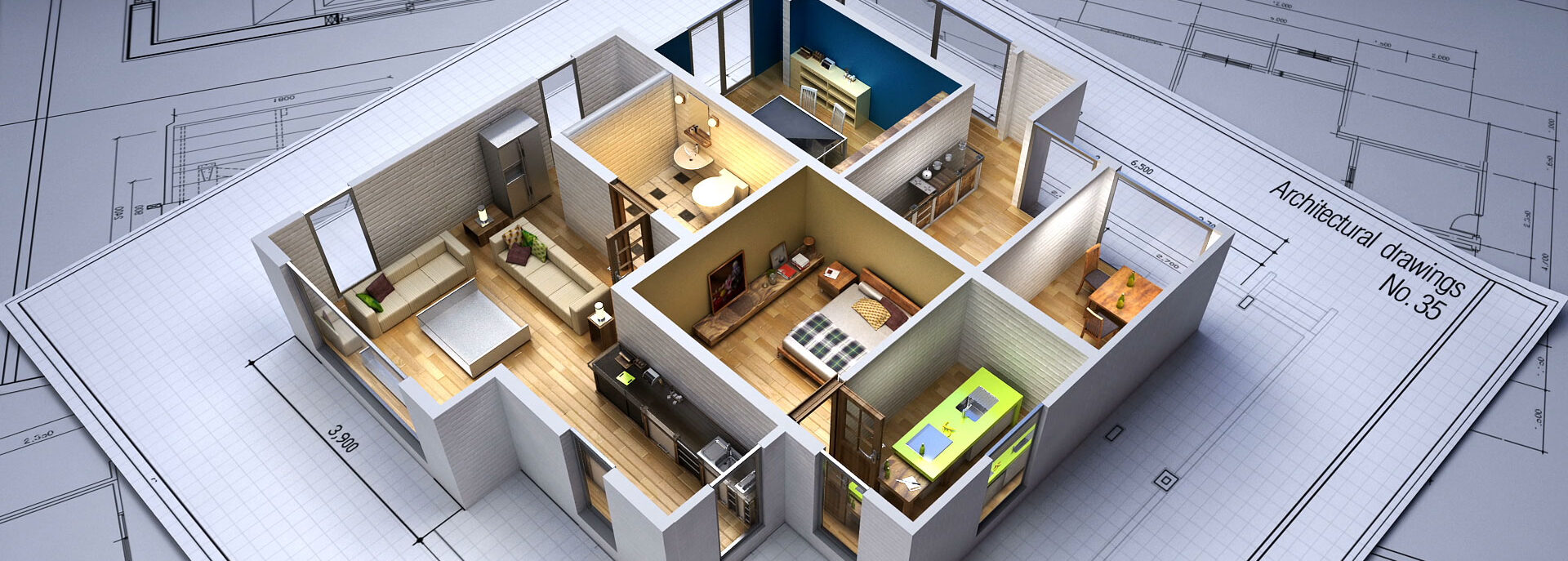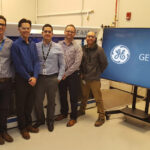

University of Nebraska researcher James Pierce has delved further into the potential for 3D printed assistive devices in ‘Efficacy of Assistive Devices Produced with Additive Manufacturing.’ He begins by stating that it is surprising there have not been more previous ventures into the use of devices like 3D printed splints and casts, despite the obvious need—and an enormous amount of injuries each year resulting in sprains and breaks.
The goal is to eliminate older, conventional methods that may promote healing but take more time in production, are expensive, and often result in uncomfortable, poorly-fitted devices. If you have endured wearing a splint or a cast or watched someone else try to deal with wearing one, then chances are you are nodding your head right now and getting pretty interested in hearing what 3D printing can do differently for orthopedic patients.
Pierce explores how all the most intrinsic benefits of 3D printing could be used in creating customized medical devices, beginning with affordability—after all, healthcare is expensive, and cost drives many of our choices, not to mention controlling insurance coverage too. In terms of design, the researcher was hoping to find a way to fabricate parametric assistive devices that could be made quickly. This is important in nearly any consumer scenario, but especially when something is being created to fit a patient who may be in pain, whether acute or chronic.
Even more interesting about this research is the potential Pierce sees for applications in space:
“Knowledge gained from this study will validate novel assistive devices which could be used in the treatment of musculoskeletal injury for astronauts’ both during spaceflight and after return to Earth,” said Pierce. “These novel solutions will require less expert intervention and less on-site modifications for fitting.”

Pierce states that it has already been noted in previous studies that 3D printing for these types of devices is significantly faster, but still there have been no parametric devices of this specific kind actually produced using AM methods, which should create a way for patients to recover more quickly, avoid further injury, and allow for better use of effort and materials. Initial data regarding a 26-year-old male wearing a wrist orthosis showed results ‘not significantly different’ from a conventionally made device.
The patient did say that the 3D printed model was more comfortable, and Pierce attributes this to the breathability of the design. The 3D printed version was also preferred due to aesthetics, featuring a more streamlined style, bright colors, and better design overall.
One of the most exciting aspects of 3D printing is that it allows users to challenge conventional methods and promotes positive change for consumers as well as a wide range of medical patients today who are benefiting from the use of 3D printed medical models, a variety of different devices, and a vast number of forays into bioprinting too.
For patients healing from sprains and fractures, the usual visit to the doctor for X-rays and a cast made of plaster may soon be a completely different experience. Find out more about additive manufacturing for parametric devices here, and check back for a full analysis of the study in April 2019.
What do you think of this news? Let us know your thoughts; join the discussion of this and other 3D printing topics at 3DPrintBoard.com.
[Source / Images: Efficacy of Assistive Devices Produced with Additive Manufacturing]
If you're looking to get an architectural rendering quote in the USA, our service provides a simple and efficient process to obtain the best pricing tailored to your project. Through our platform, you can easily submit your project details and receive a competitive quote from our team of experts. We offer high-quality 3D renderings for both interior and exterior designs, helping you bring your architectural visions to life with stunning precision. With our support, you can be confident in receiving professional services at affordable prices, without the hassle of dealing with multiple vendors.
Getting an accurate architectural rendering quote has never been easier. Through our portal, you’ll have direct access to a streamlined process where we guide you step by step, ensuring all your needs are met. Our 3D rendering experts work closely with you to ensure the final product matches your expectations, whether it’s for residential, commercial, or mixed-use developments. Trust our platform to provide you with the best possible rates and results, all with a quick turnaround time and exceptional customer support.





